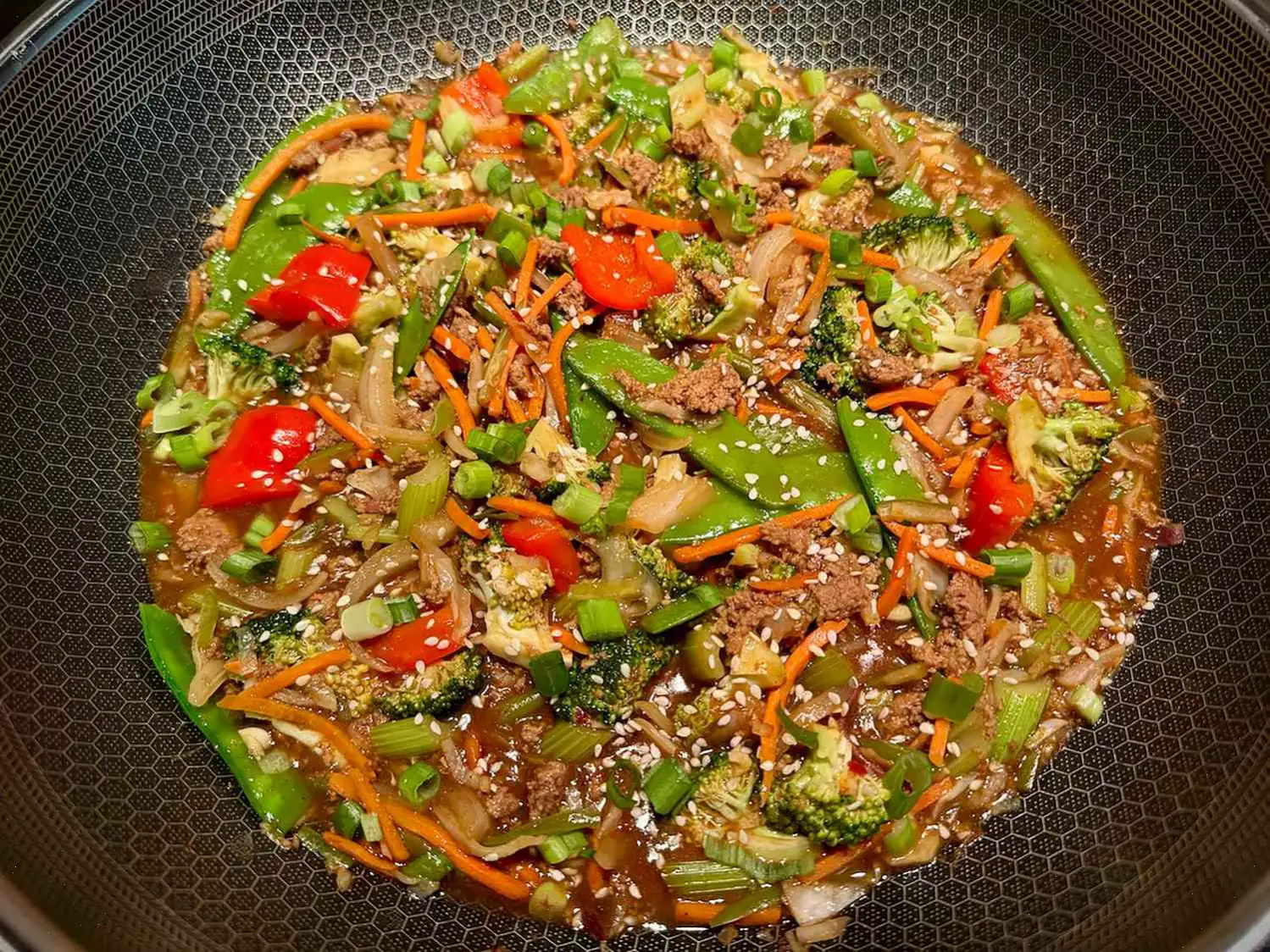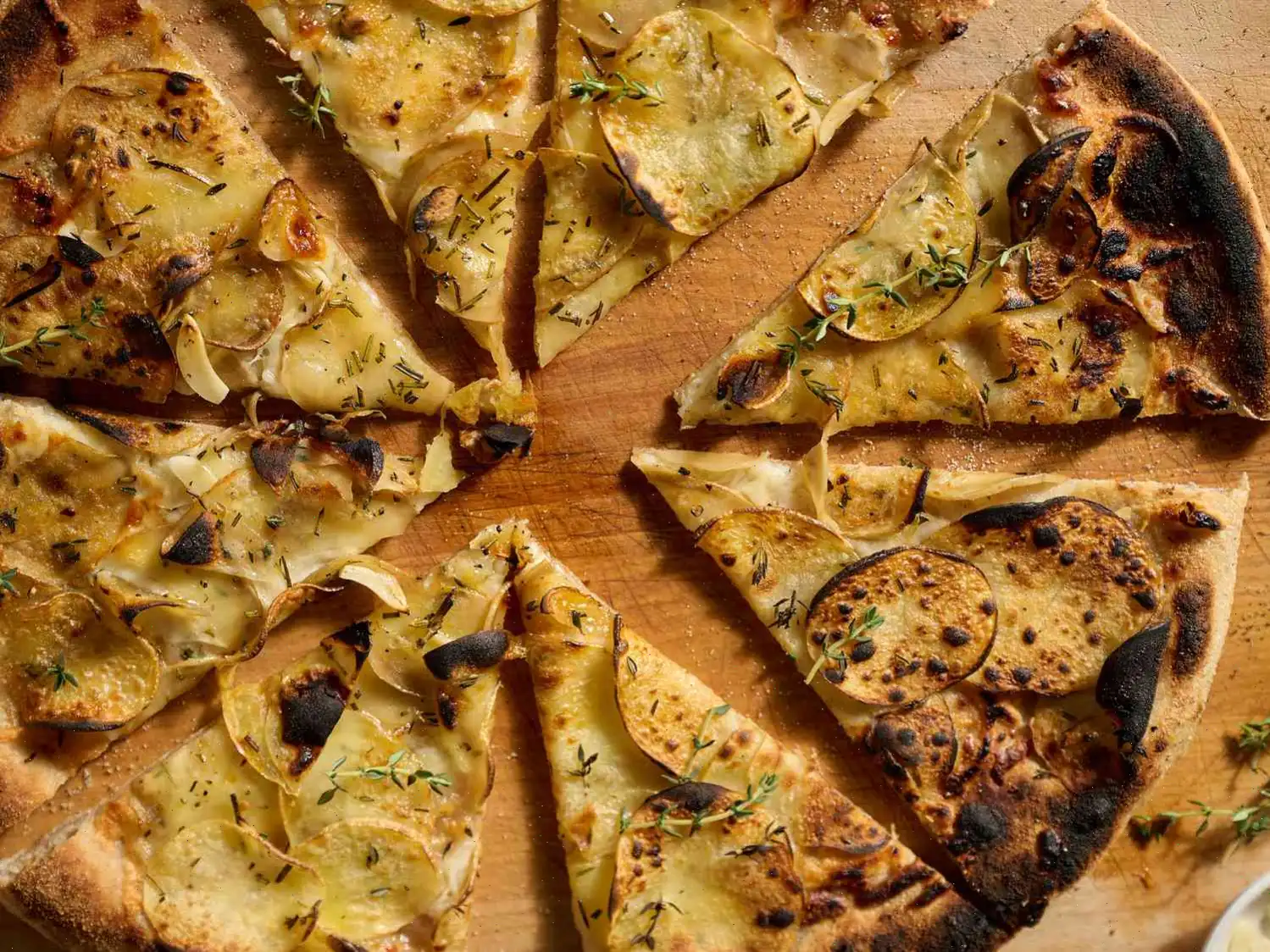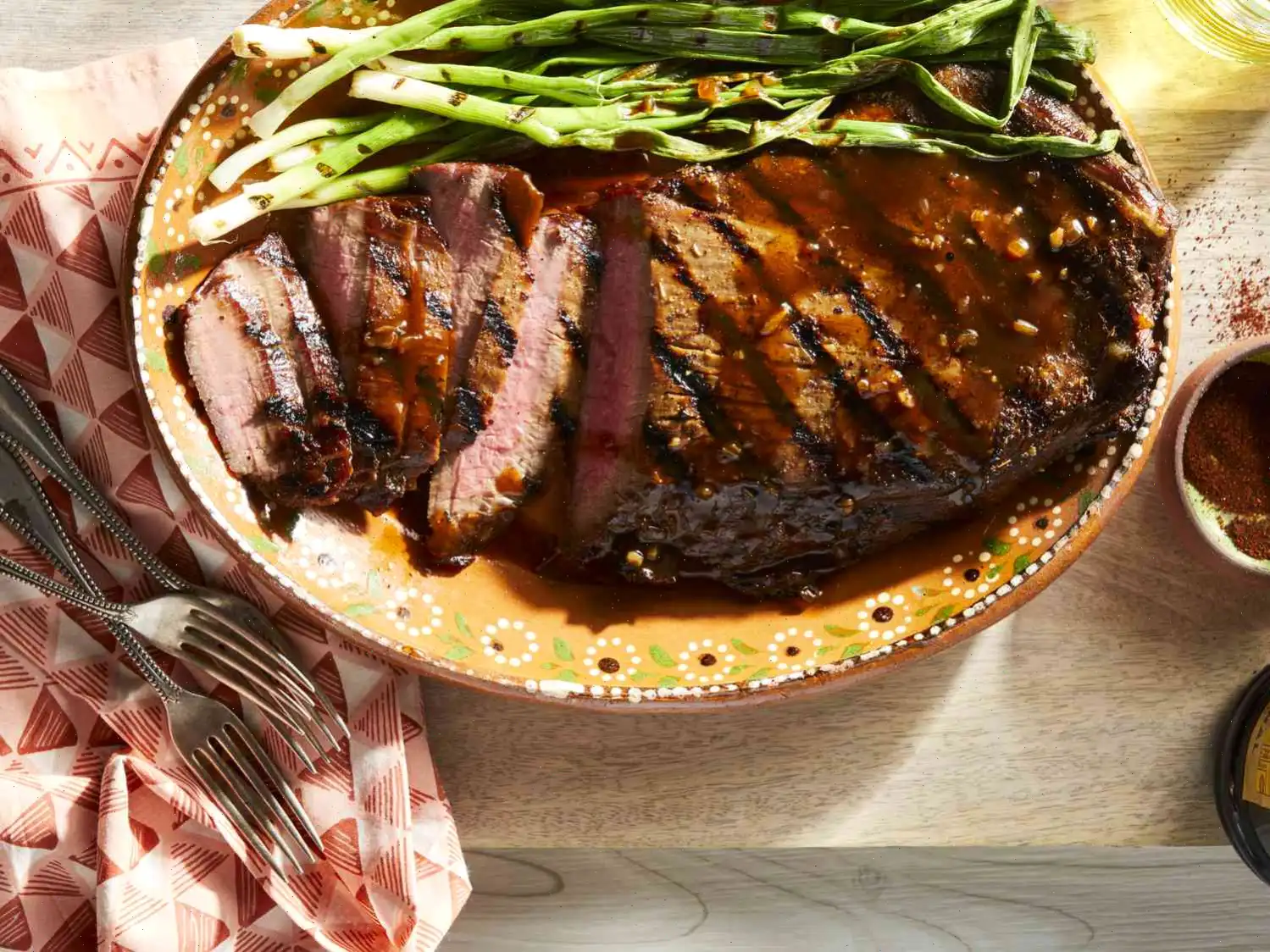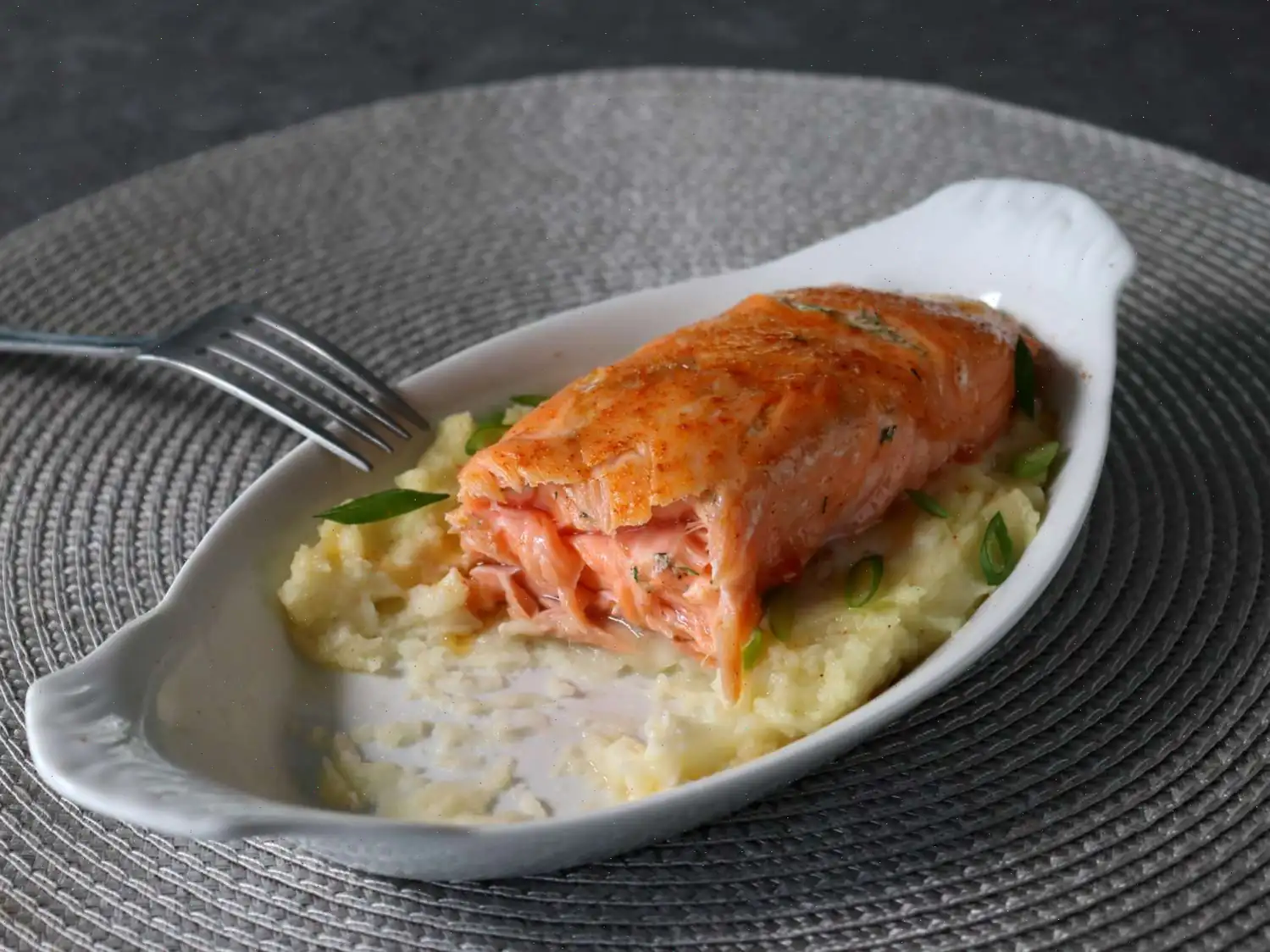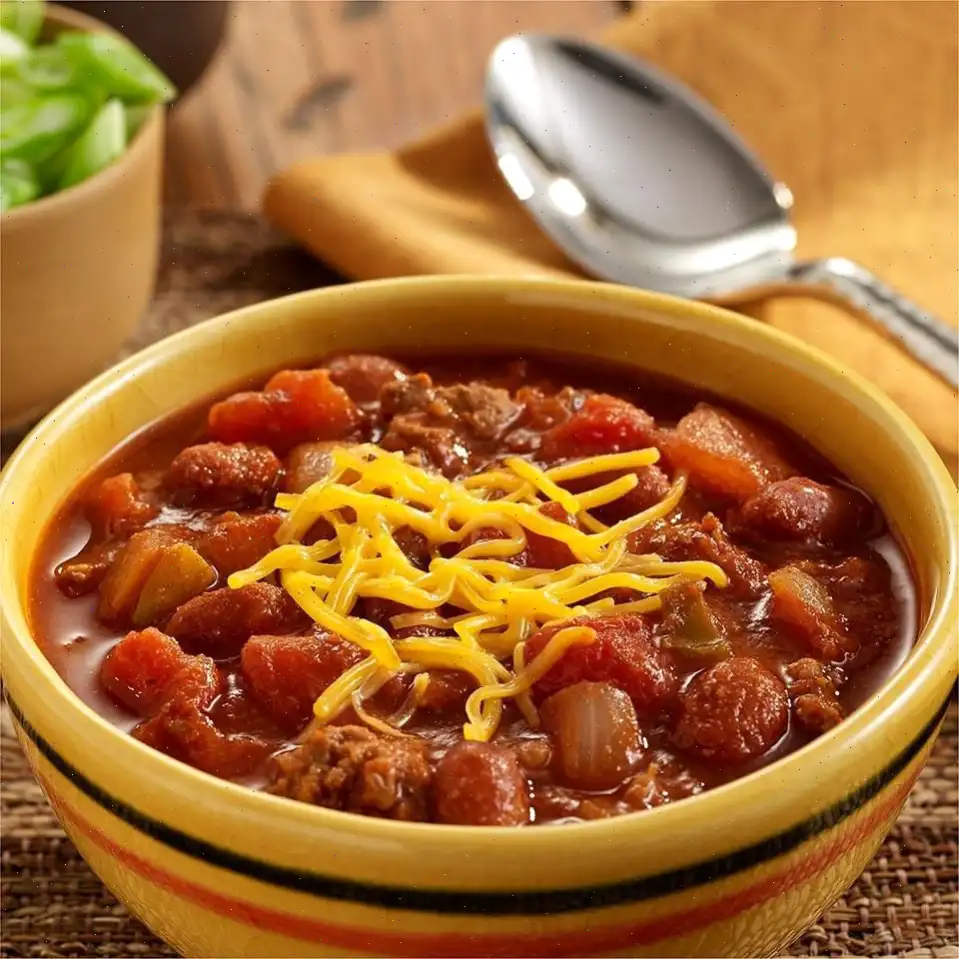
Ground Turkey and Vegetable Stir Fry Recipe
Ingredients
Sauce:
- 1 1/2 cups chicken stock
- 1/2 cup white wine or sherry
- 1/4 cup rice vinegar
- 2 teaspoons sesame oil
- 1/2 cup soy sauce, or to taste
- 2 teaspoons white sugar
- 3 tablespoons cornstarch
Stir Fry:
- 1 pound ground turkey
- 1/2 teaspoon granulated garlic
- 1/2 teaspoon ground ginger
- 1/4 teaspoon white pepper
- 1 pinch salt
- 2 tablespoons cooking oil of choice
- 1 cup vertically sliced onion
- 3/4 cup sliced celery
- 1 cup matchstick-cut carrots
- 1/2 cup 1-inch diced red bell pepper
- 2 cups shredded cabbage
- 1 cup trimmed snow peas
- 2 cups broccoli florets
- 3/4 cup frozen French sliced green beans, thawed
- 2 tablespoons minced garlic
- 1 (1-inch) piece fresh ginger, peeled and minced
- Sesame seeds for garnish (optional)
- 1 sliced green onion for garnish (optional)
Directions
Step 1: In a medium mixing bowl, combine chicken stock, white wine or sherry, rice vinegar, sesame oil, soy sauce, white sugar, and cornstarch. Whisk until the cornstarch is completely dissolved and the mixture is smooth. Set aside.
Step 2: Heat a large skillet or wok over medium-high heat. Add the ground turkey, granulated garlic, ground ginger, white pepper, and a pinch of salt. Stir and break up the turkey with a spoon. Cook for 3 to 5 minutes until fully cooked. Remove the turkey from the pan and keep warm.
Step 3: Wipe the pan clean, then heat the cooking oil until very hot. Add the sliced onion, celery, julienne carrots, and diced red bell pepper. Stir-fry for about 1 minute.
Step 4: Add the shredded cabbage, snow peas, broccoli florets, and thawed green beans. Stir-fry for an additional 3 minutes, stirring constantly.
Step 5: Add the minced garlic and fresh ginger to the pan. Stir and cook for about 1 minute, allowing the flavors to meld.
Step 6: Return the cooked turkey to the pan. Give the stir-fry sauce a final whisk and pour it into the pan. Stir constantly until the sauce thickens and comes to a boil.
Step 7: Remove the pan from heat. Garnish with sesame seeds and sliced green onions, if desired. Serve immediately.
Nutrition Facts (per serving)
| Calories | 31g Fat | 41g Carbs | 40g Protein |
|---|---|---|---|
| 608 | 40% Daily Value | 15% Daily Value | 79% Daily Value |
| 608 | 32% Saturated Fat (6g) | 9g Dietary Fiber | 136mg Vitamin C (151% DV) |
| 123mg Cholesterol (41% DV) | 15g Sugars | 209mg Calcium (16% DV) | |
| 2092mg Sodium (91% DV) | 5mg Iron (29% DV) | ||
| 1373mg Potassium (29% DV) |
* Percent Daily Values are based on a 2,000 calorie diet. Your daily values may be higher or lower depending on your calorie needs.
** Nutrient information is not available for all ingredients. Amount is based on available nutrient data. Please consult a doctor or registered dietitian if following a medically restrictive diet.
Ground Turkey and Vegetable Stir Fry is a modern twist on traditional stir fry dishes, offering a colorful, nutritious, and savory meal. This dish combines lean ground turkey with a variety of vegetables, all cooked in a flavorful sauce. Typically served with steamed rice or cauliflower rice, its a light yet satisfying dinner option. But like many beloved recipes, it has a history, regional variations, and interesting facts that make it even more fascinating.
History of Stir Fry
Stir frying is a cooking technique that originated in China, dating back to the Han Dynasty (206 BCE 220 CE). The method was designed for quick, high-heat cooking using a wok. The technique allowed food to retain its flavor, texture, and nutrients. Stir fry became popular throughout Asia due to its efficiency and versatility, quickly adapting to various regional tastes and available ingredients. Ground turkey, however, is a more recent adaptation. While traditional stir fries often use beef, chicken, or pork, ground turkey provides a leaner alternative, catering to modern tastes and dietary preferences.
Regional Variations of Stir Fry
While the basic stir fry concept remains largely the same, regional variations reflect the unique ingredients and flavors of each area. In China, stir fry dishes often include soy sauce, ginger, garlic, and a variety of vegetables. In Thailand, the flavors are bolder with the addition of basil, lime, and fish sauce, while in Korea, stir fry dishes may incorporate sesame oil and gochujang (fermented chili paste) for heat. In Westernized versions, like the one with ground turkey, more vegetables like broccoli, bell peppers, and snow peas are commonly added. Substituting protein with ground turkey instead of traditional meats is popular in low-fat, calorie-conscious recipes, offering a healthier alternative without sacrificing flavor.
How This Dish Differs from Similar Recipes
Ground Turkey and Vegetable Stir Fry stands apart from many other stir fry dishes due to its use of ground turkey. Most stir fries feature cubed or sliced chicken, beef, or pork. Ground turkey, with its mild flavor and lower fat content, lends itself well to absorbing the stir fry sauce, creating a light yet flavorful dish. This version also emphasizes a variety of vegetables, offering a healthy, balanced combination of flavors and textures. The inclusion of cabbage, snow peas, broccoli, and carrots adds a satisfying crunch, which is not always found in other stir fry dishes.
Where is This Dish Typically Served?
This ground turkey stir fry is a popular dinner option in many homes, particularly in the United States and other Western countries, where it is often paired with rice or cauliflower rice. It is also commonly served at Asian-inspired fusion restaurants, where it may be a healthier alternative to traditional stir fry recipes. Although stir fry dishes are ubiquitous in Asian cuisines, this lean version with turkey is more of a modern take, designed to meet the growing demand for lighter, protein-packed meals. It is also suitable for meal prepping, making it a great option for busy individuals looking for a quick yet nutritious meal.
Fun Facts About Stir Fry
- The word stir fry comes from the Chinese word chao, which means to stir and toss in a pan. The technique requires constant movement to prevent the ingredients from burning.
- In China, stir fry was initially a method of conserving fuel. Woks, which can hold heat efficiently, allowed cooks to prepare food quickly with minimal energy.
- Stir frying is considered one of the healthiest cooking methods because it uses little oil and retains most of the foods nutrients.
- Stir fry sauces can vary widely, but the combination of soy sauce, sesame oil, rice vinegar, and sugar is a classic for balancing salty, sweet, and savory flavors.
- While traditional stir fry dishes often use pork or beef, turkey is a great lean substitute for those looking to cut back on fat and calories.
Conclusion
Ground Turkey and Vegetable Stir Fry offers a healthy, vibrant meal that combines the quick-cooking technique of stir frying with the goodness of lean protein and fresh vegetables. Whether you're looking to reduce your calorie intake, incorporate more veggies into your diet, or just enjoy a satisfying meal, this dish is a fantastic choice. Its regional variations and historical roots add a layer of depth to its simple yet delicious flavors, making it a beloved dish around the world.
You can listen to this recipe in AI audio format. Simply click the play button below to listen to the content in a format that suits you best. It’s a great way to absorb information on the go!


